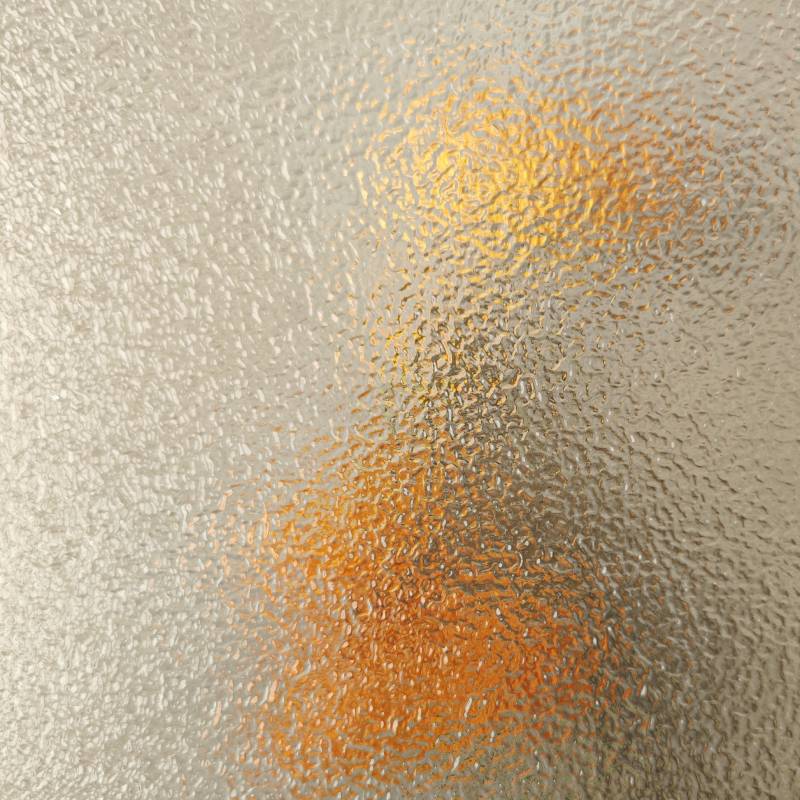

Understanding the Cost of Low-E Glass per Square Meter
Low-emissivity glass, commonly known as Low-E glass, has gained significant traction in the construction and architectural industries due to its energy-efficient properties. This specialized type of glass is coated with a thin layer of metallic oxides that reflect infrared energy while allowing visible light to pass through. As energy efficiency becomes a priority for builders, architects, and homeowners alike, understanding the cost of Low-E glass per square meter is essential for making informed decisions about building materials.
The Importance of Low-E Glass
Low-E glass plays a critical role in enhancing a building's energy performance. By reflecting heat back into the building during the winter and blocking outside heat during the summer, Low-E glass helps to maintain a stable indoor temperature. This translates into reduced energy consumption for heating and cooling, consequently lowering utility bills. In regions with extreme weather variations, the benefits of using Low-E glass become even more pronounced, making it a popular choice for both residential and commercial properties.
Cost Factors of Low-E Glass
When considering the cost of Low-E glass per square meter, several factors come into play
1. Type of Low-E Glass There are different types of Low-E coatings available, such as soft coat and hard coat options. Soft coat Low-E glass is more energy-efficient but typically more expensive due to its additional manufacturing processes. Conversely, hard coat Low-E glass, while less expensive, may not offer the same level of thermal performance.
2. Thickness and Size The thickness of the glass can also affect the price. Standard thickness typically ranges from 3mm to 12mm, with thicker options being more costly. Additionally, custom sizes may incur additional costs due to higher production and processing requirements.

3. Quantity Ordering Low-E glass in bulk often leads to reduced prices per square meter. Contractors and builders frequently negotiate better rates based on the volume of glass needed for specific projects.
4. Installation The cost of Low-E glass doesn't end with the purchase. Installation costs, which may vary based on the complexity of the job and regional labor rates, should also be factored into the overall budget.
5. State and Local Incentives Many regions offer incentives for using energy-efficient materials, which can effectively lower the cost of Low-E glass. Subsidies, tax credits, or rebates may offset the initial investment, making it a more economical choice in the long term.
Estimating Costs
As of recent analysis, the average price of Low-E glass ranges from $50 to $150 per square meter, depending on the factors mentioned earlier. In high-demand urban areas, these prices could be on the higher end of the spectrum, whereas rural areas might see lower rates. Energy efficiency ratings and certifications, such as those provided by ENERGY STAR, can also influence pricing, with more efficient products often commanding a higher price.
Conclusion
Investing in Low-E glass can significantly impact a building's overall energy efficiency and comfort. Understanding the factors influencing its cost per square meter is vital for anyone interested in utilizing this innovative material. While the initial expense may seem daunting, the long-term savings on energy bills, combined with potential tax incentives, often justify the investment. As the demand for energy-efficient solutions continues to grow, the market for Low-E glass will likely expand, offering more options and potentially lowering costs for consumers. Choosing Low-E glass is not just an investment in a building’s infrastructure; it's a step towards sustainable and responsible living.